Printing the Museum
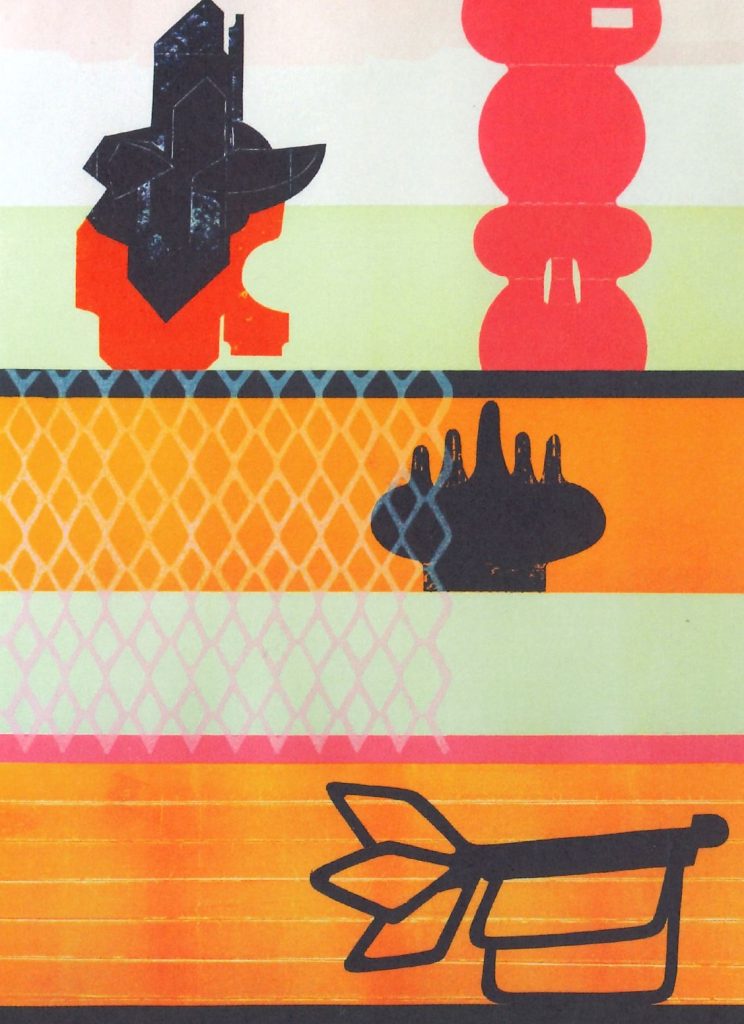
Print maker and stop motion film maker, Claire Willberg, the 2022 Muir Trust Artist in Residence, created new works in relief print inspired by the museum and its collections.
Karen’s trainers

My purple New Balance trainers are one of my greatest treasures.
Tracey’s Wedding shoes
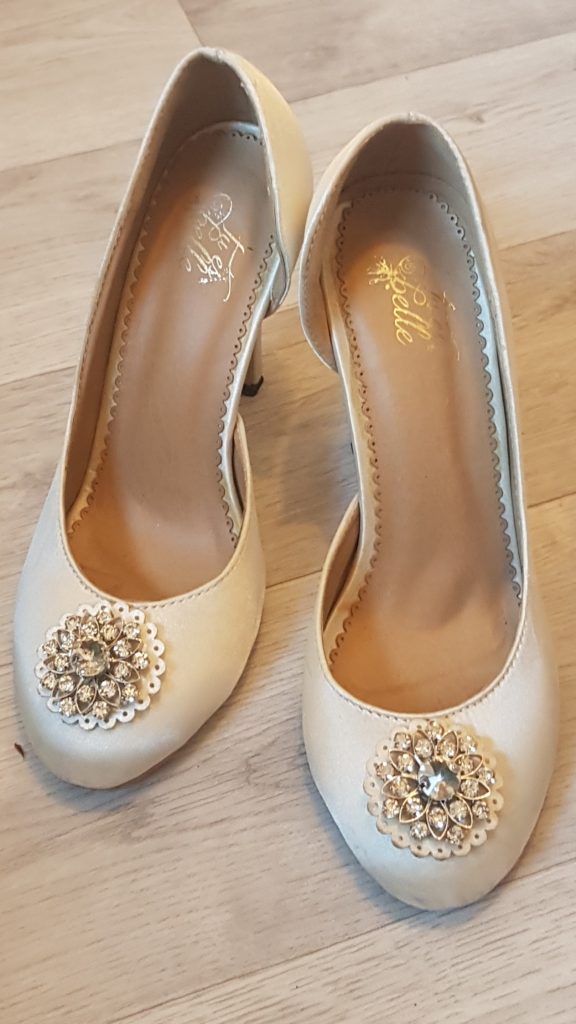
These shoes mean so much to me. These are the shoes I wore when I married my wonderful husband, Stuart, in 2018.
Ann’s trainers
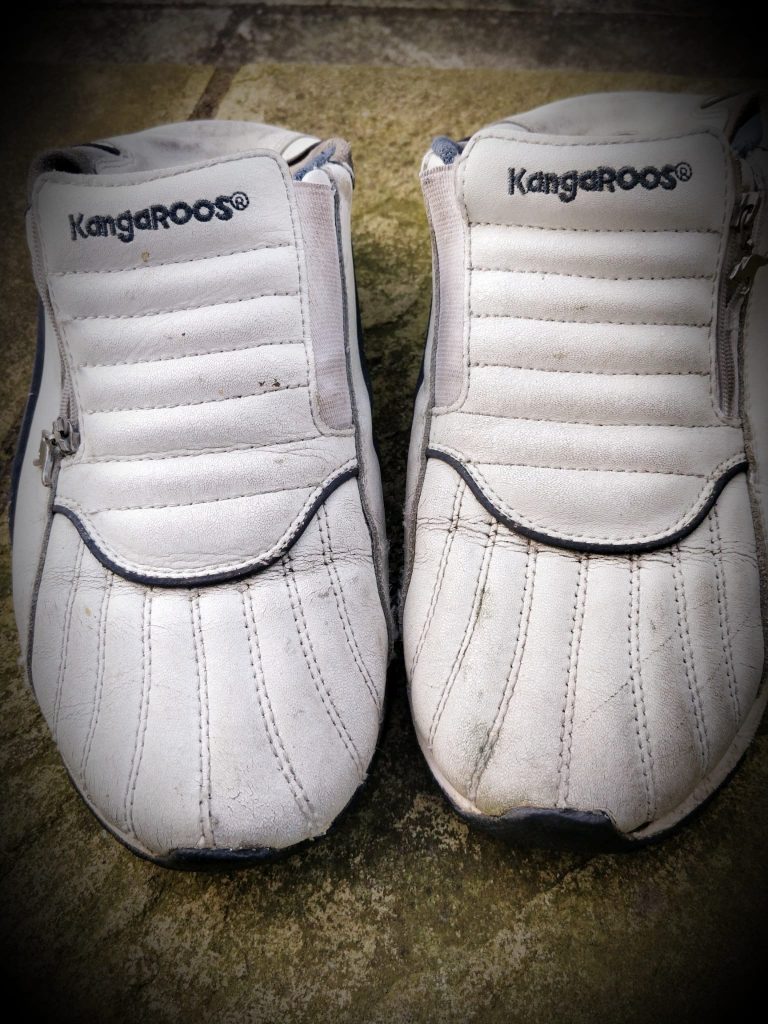
A few years ago, I wrote a blog about my dad’s wedding shoes for the Museum. It seems fair that this time I write about my mum.
Virtual Tony Hart – drawings, pastels and prints
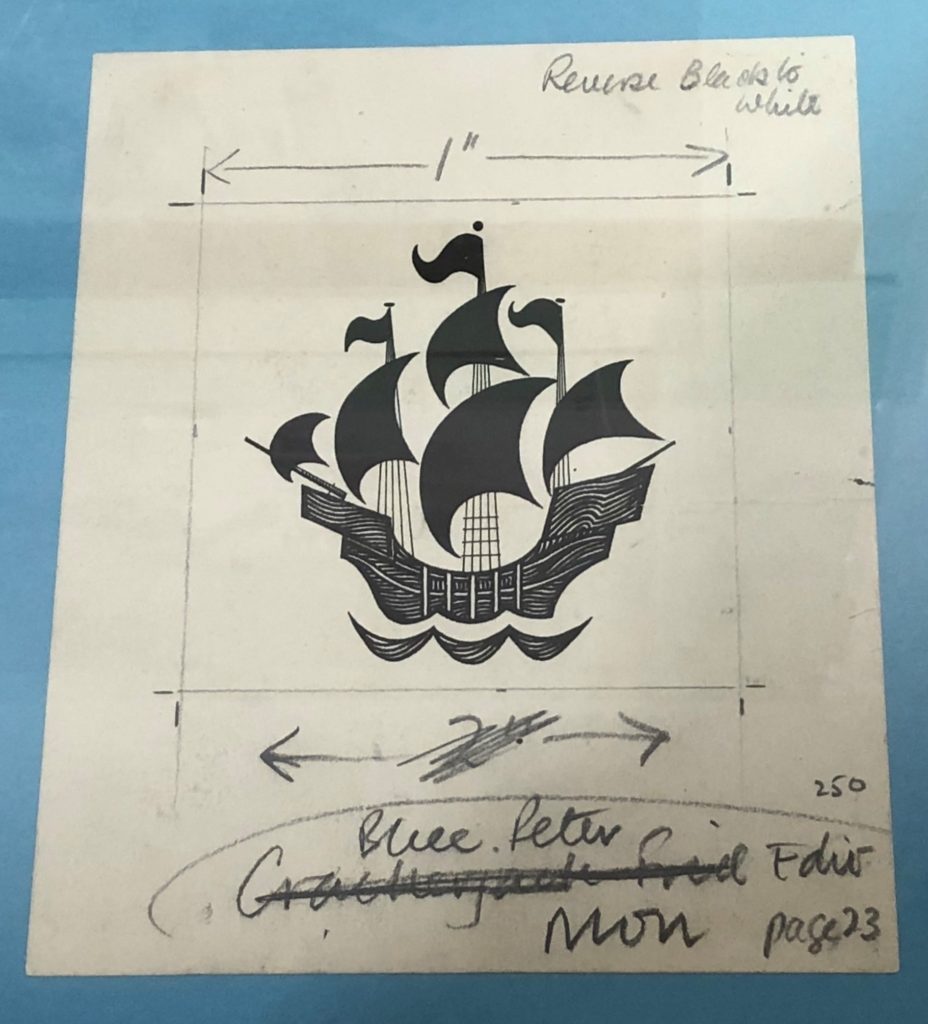
Welcome to the Virtual Tony Hart exhibition; Drawings, pastels and prints
Virtual Bucks Art Society 100th Anniversary Exhibitions
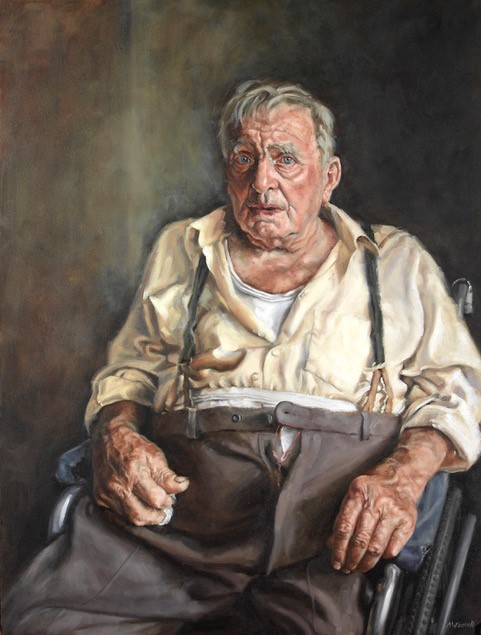
This is a superb show that includes paintings, prints, sculpture and more by many artists from across the county. Please enjoy their creativity and talent from the comfort of your own home.
Glass beaded decoration
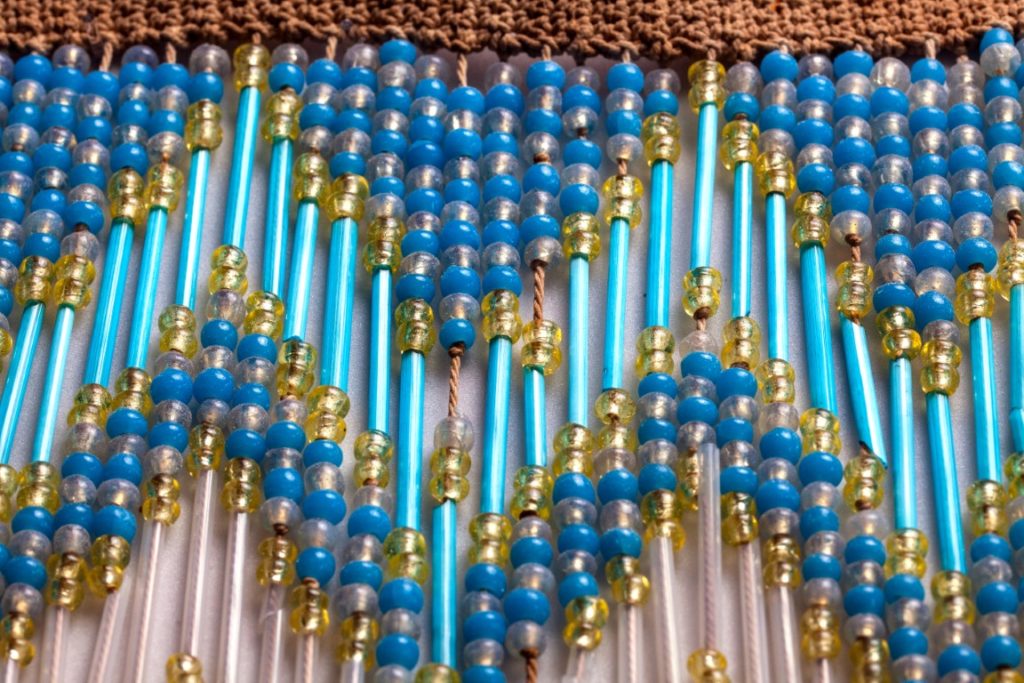
Glass-beaded decoration made by female inmates at Aylesbury Prison in the 1890s and presented to the prison matron as a gift. It’s a beautiful example of prisoner-made craft, and the juxtaposition of such an attractively designed object having been created in such a challenging environment adds to its emotive power.
Albert Rutland coins
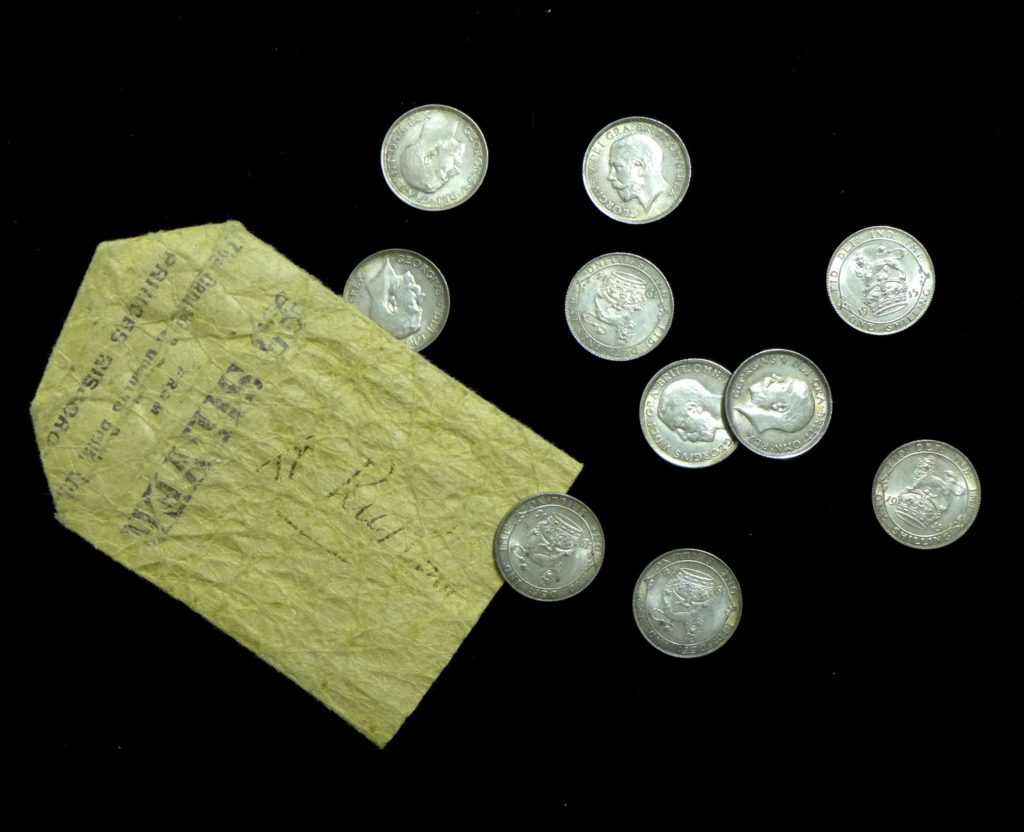
A vivid example of what social history collections do best: make the ordinary extraordinary through human storytelling such as this amazing story of Albert Rutland leaving his daughter with his wage packet before going off to the First World War.
Chinese wallpaper
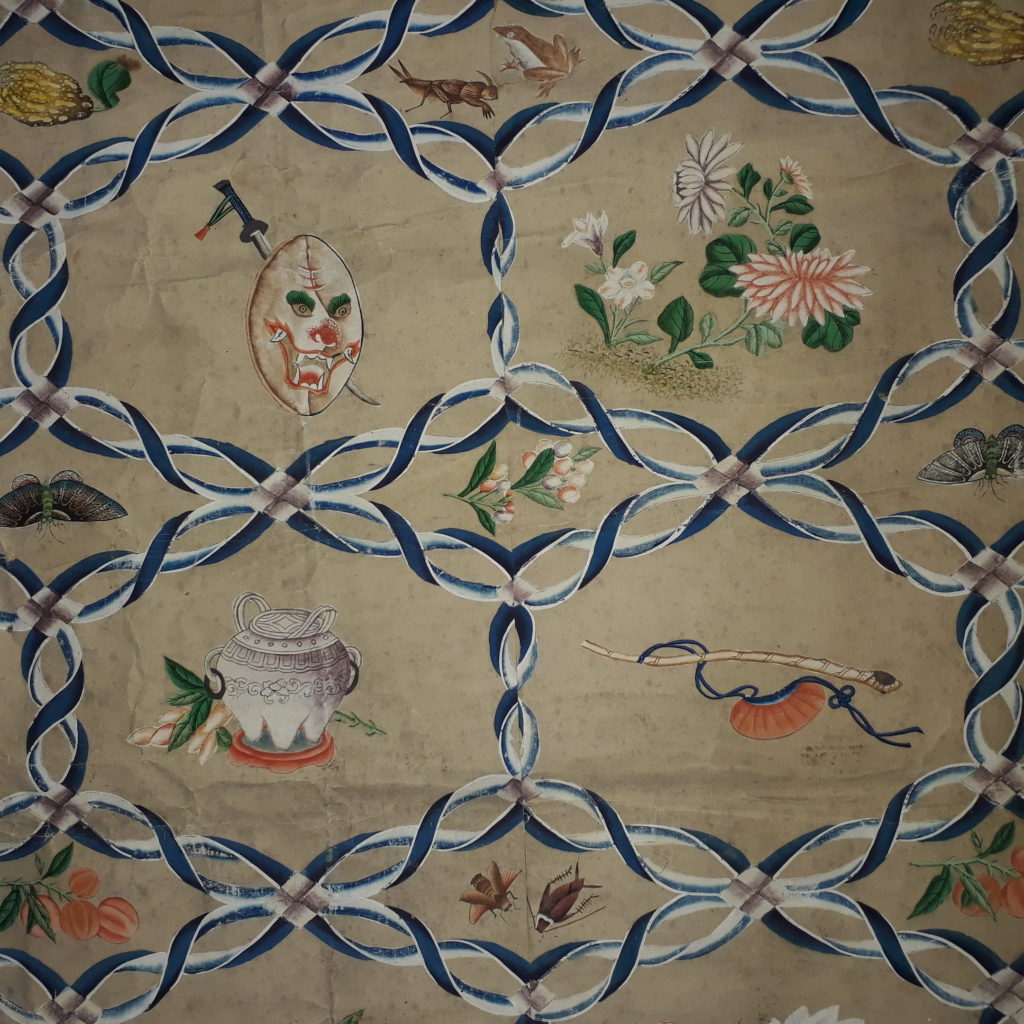
A hidden treasure in the collection from Hampden House. It’s never been displayed at the Museum before because of its size and poor condition, but is now being conserved and in the new Bucks People gallery displays.
Black Poplar
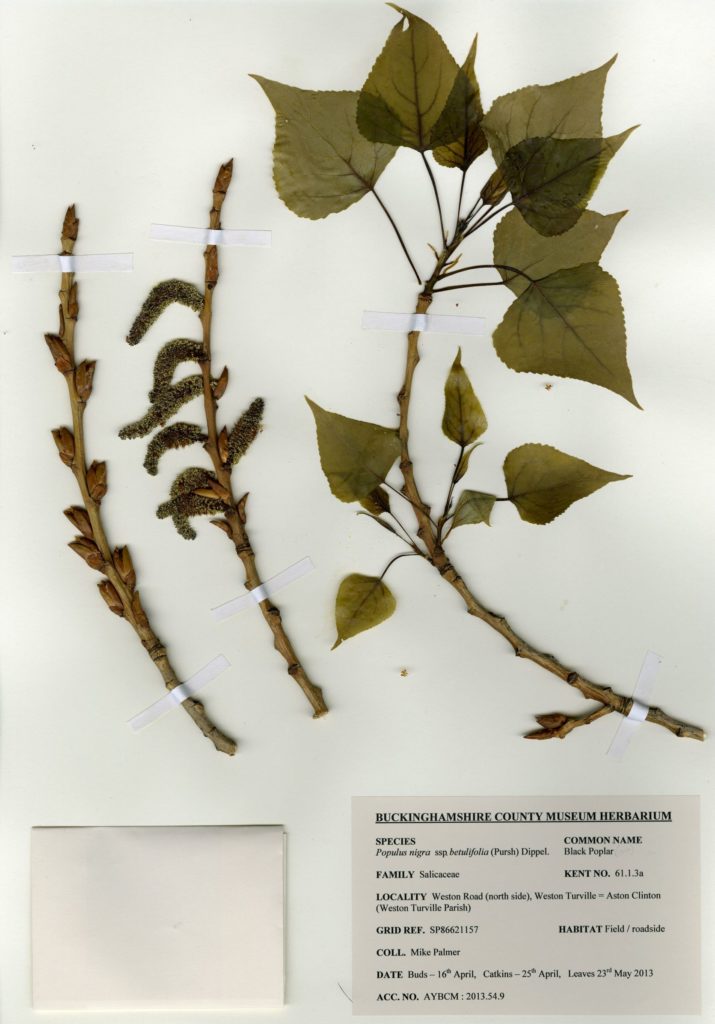
50% of Britain’s population of this rare native tree grow here in Aylesbury Vale
Dinosaur Claw
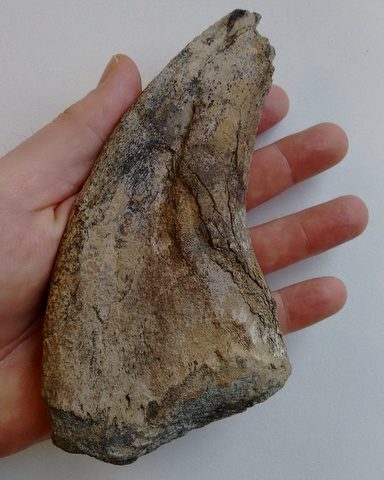
The only clue we have for Aylesbury’s mystery dinosaur – a 144 million year old plant eating sauropod.
Lion Jaw
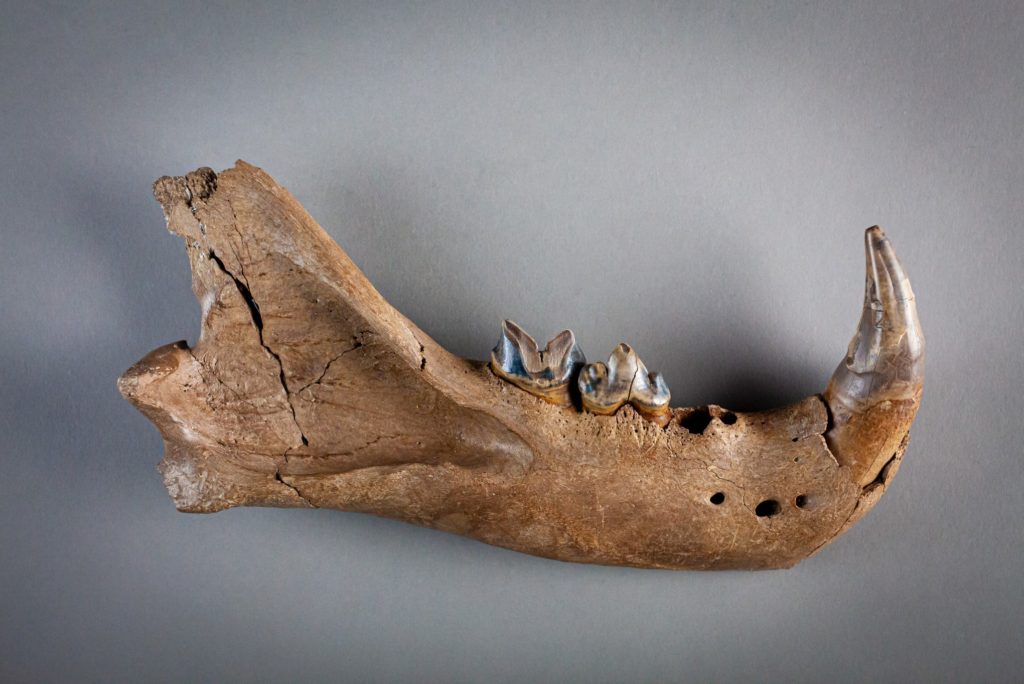
Imagine lions roaming around the area now covered by Market Square 200,000 years ago.
A Rasenia sp Ammonite
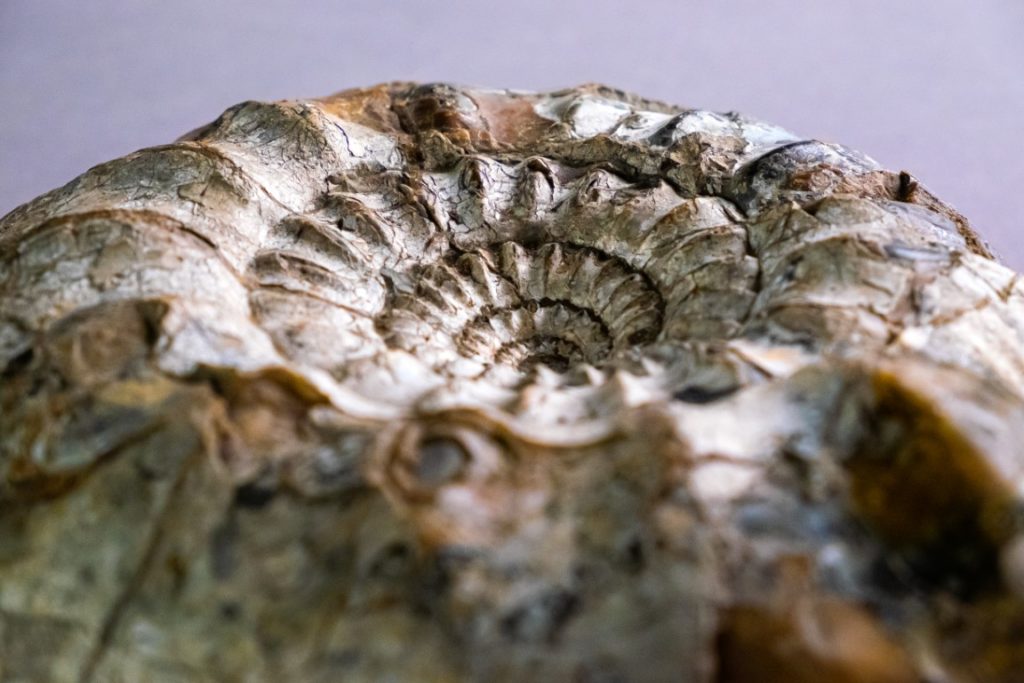
A particularly fine example of the many Ammonites that can be found in Buckinghamshire.
Dorton Pendant
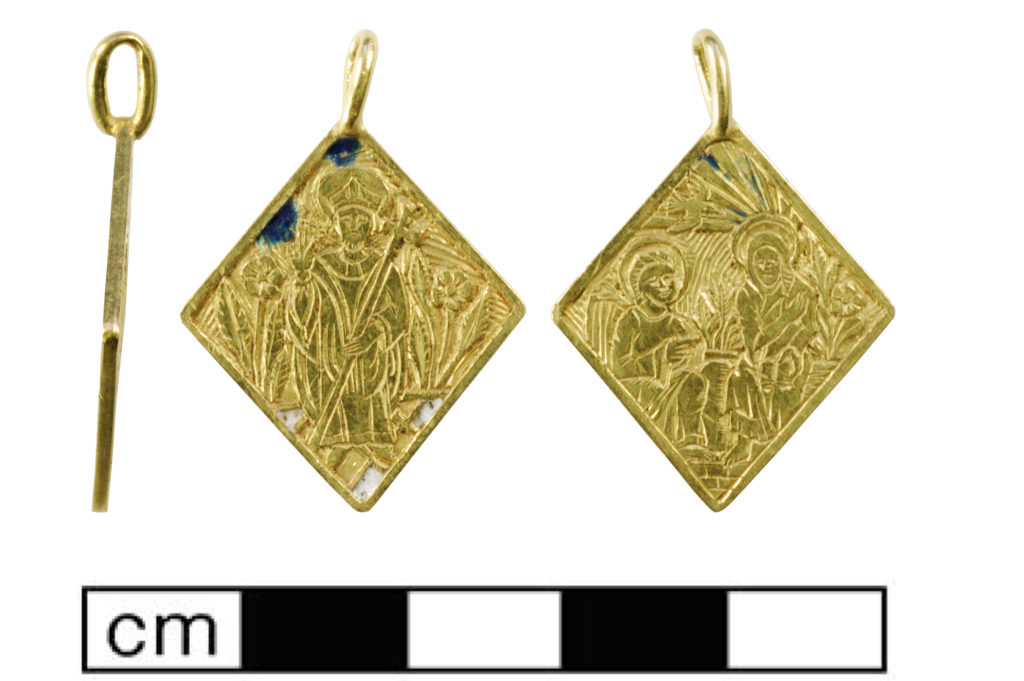
This tiny (2cm), but beautiful gold pendant has Christian religious images on both sides and dates to around 1450-1500. The very detailed carving shows St Thomas Beckett on one side, and The Annunciation on the other (where the angel Gabriel kneels before the Virgin Mary). In Medieval times, faith was central to most aspects of life, and wearing religious jewellery was one way a person could show their devotion. The background of the pendant was originally very colourful with blue and white enamel, but only traces of it remain.
Ivinghoe Sword
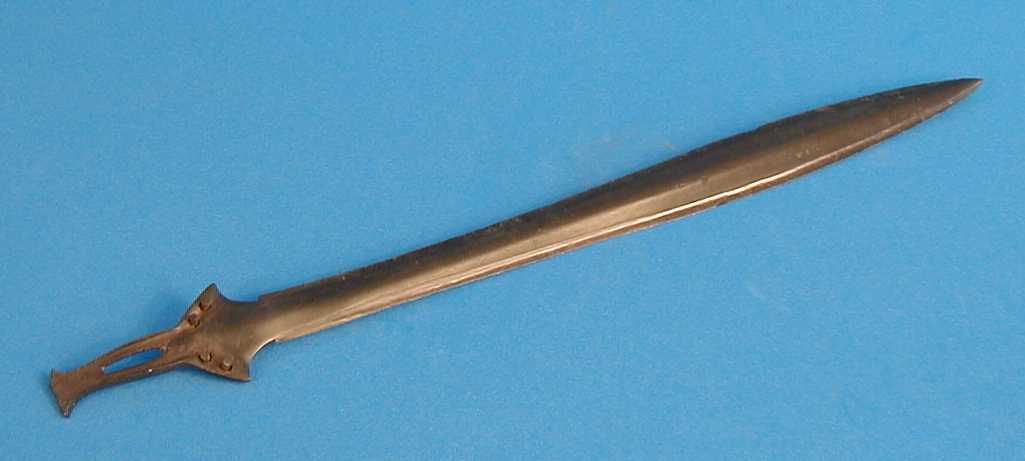
A late Bronze Age sword, dating to around 1000 BC. These swords were the pinnacle of bronze casting technology, and this is one of the best preserved examples ever discovered in Britain. The Bronze Age is the first time in human history that swords are made, and swords are the first objects that are specifically made as weapons to fight other humans, rather than being tools, or for hunting animals. Swords seem to be highly prized in the Bronze Age, and that tells us something about what society may have been like then.
Lenborough Hoard
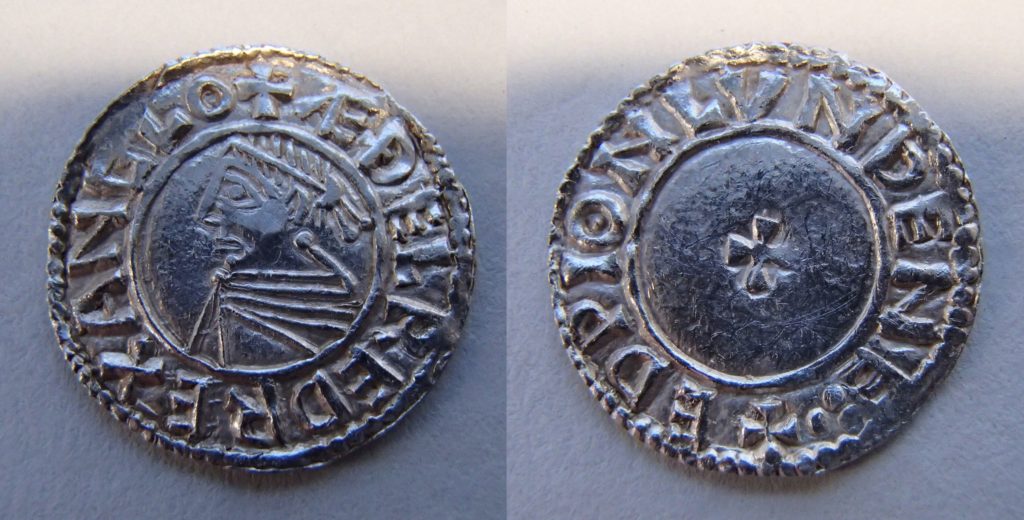
Discovered in 2014, this is the largest hoard of Anglo Saxon silver coins found in Britain for over 150 years. Over 5000 coins from two kings – Ethelred the Unready and Cnut the Great – were buried about 1035 AD. They tell the story of the forgotten invasion of Britain in 1016, when Cnut became the first Viking king of England. 50 years before the famous invasion of William the Conqueror in 1066, if Cnut’s dynasty had survived, the history of Britain would have been very different indeed.
Aylesbury Duck
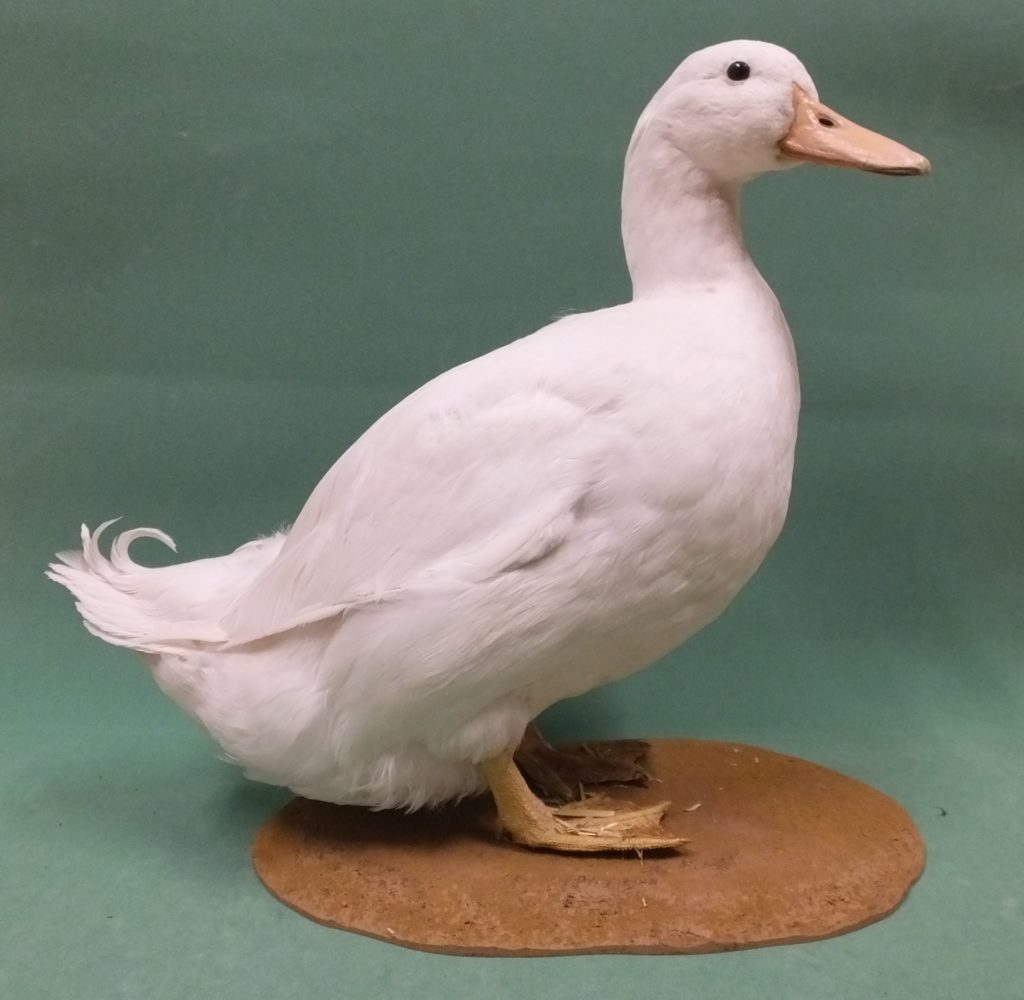
The most famous thing to come out of Aylesbury and once a vital part of our local economy
Chalkhill Blues
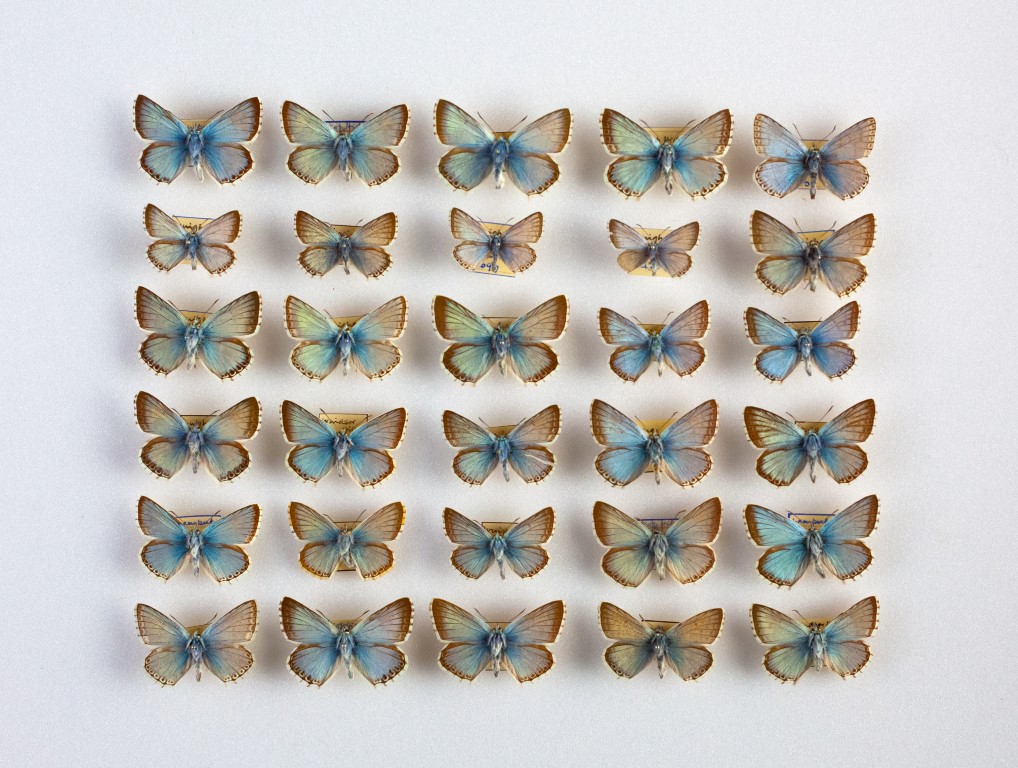
From a historic collection of butterflies showing the diversity with butterfly species
Bowl, 1982
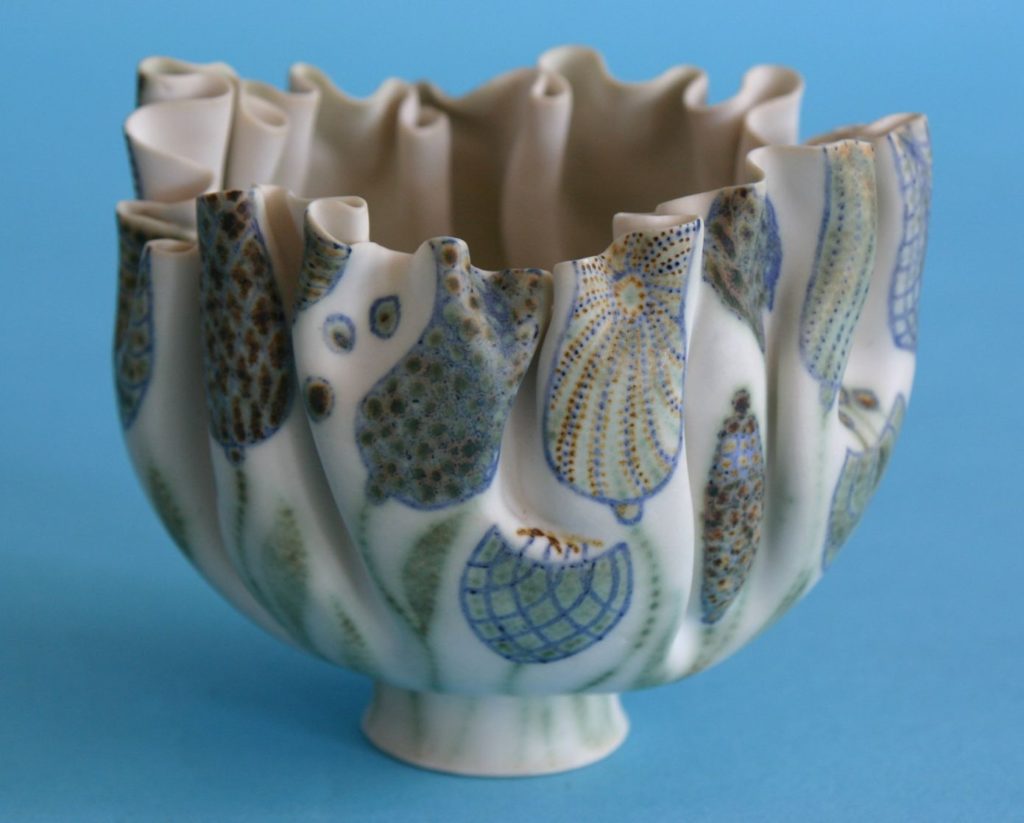
This delicate, convoluted bowl was hand built by pinching and folding the porcelain clay and then painstakingly hand-painting with tiny dots to form blowing flower heads – it unites the form of an unfurling flower head with the pattern of flower heads across the surface.
Wombwell Farm, Long Crendon
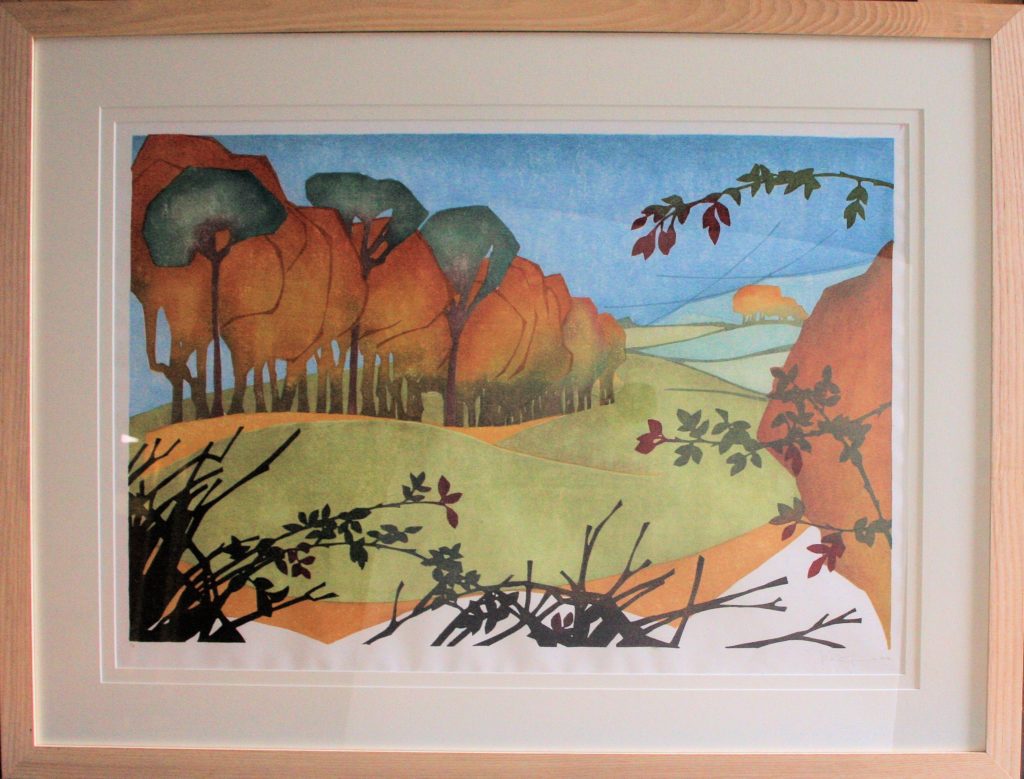
This unique depiction of an autumnal Bucks landscape uses the highly skilled Japanese Woodblock technique with 54 precision hand-cut blocks and 83 layers of hand printing and shows the high quality of contemporary printmaking today.
Chapel at Widmer Farm, Marlow
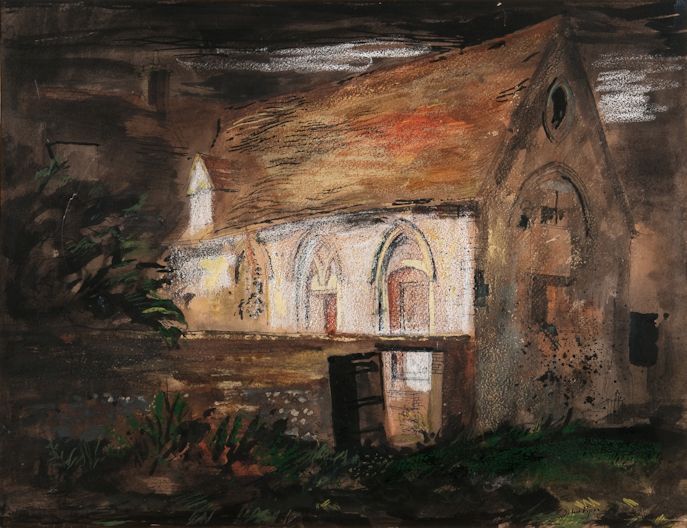
This historic farmyard chapel, allegedly dating back to the Knights Hospitallers of the 13 th century, captures Piper’s love of old buildings and the sense of ‘pleasing decay’ and the layers of history that permeate the building.



